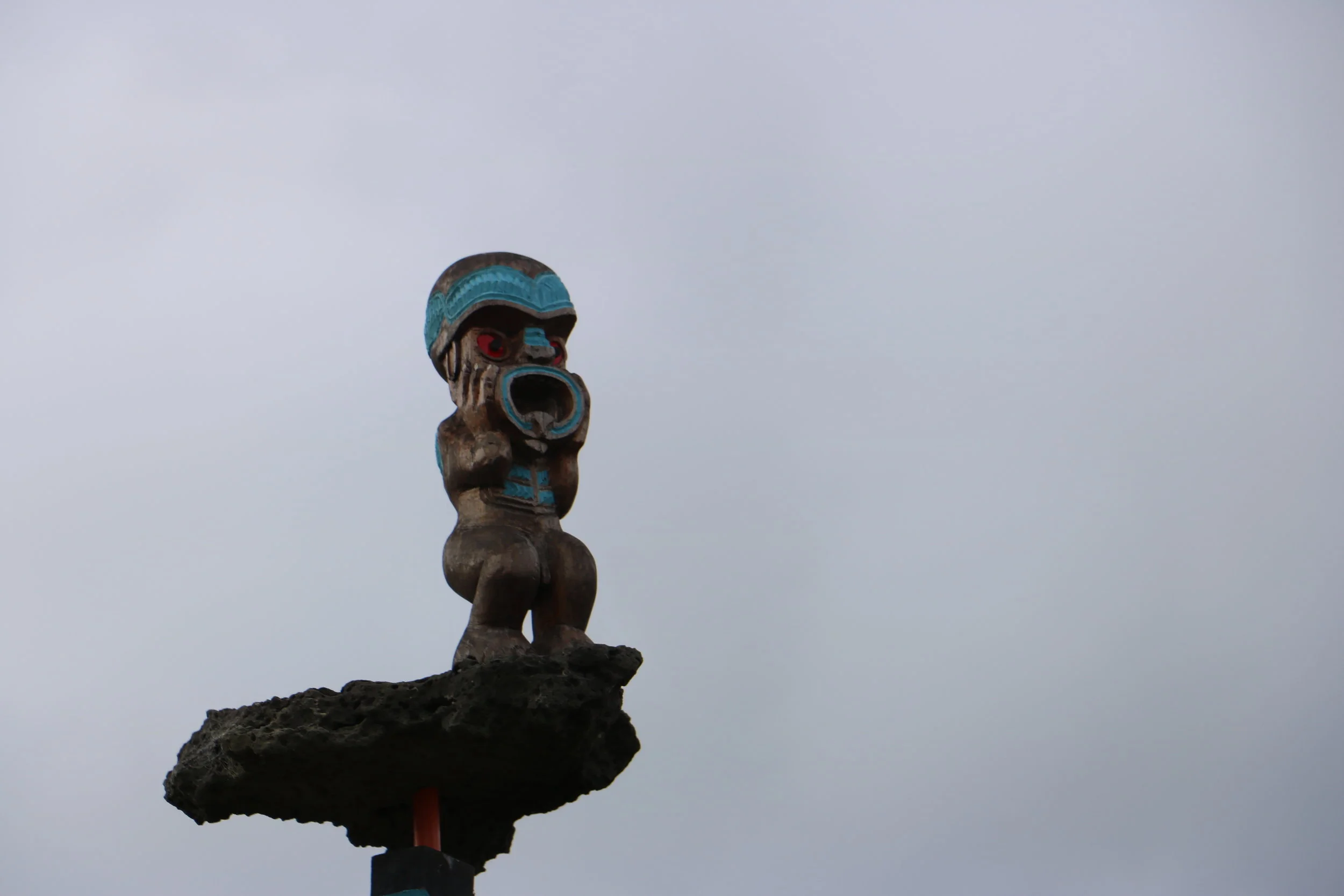Ihumātao a land issue not a housing issue - Ngā Aho
Māori design network Ngā Aho says the Ihumātao dispute in South Auckland is not a housing issue, but a land issue and therefore a matter for the Government. In a press release supporting Te Matapihi (a body representing Māori housing) Ngā Aho says “the whenua of Ihumātao was taken unjustly by the Crown from mana whenua and we acknowledge that the Crown’s hara (wrongdoing) sits at the heart of today’s dispute.
“We also acknowledge the many years of protest and negotiation mana whenua have had to invest their energies in towards achieving justice for this whenua. Ihumātao is a significant site for all New Zealanders.”
Save Our Unique Landscapes (SOUL) say they are protecting the land in Ihumātao, rather than protesting
Ihumātao is one of the longest and continually occupied settlements and landscapes in Tāmaki Makaurau. The tiny village dates back to the first ancestors Hape and Kaiwhare who established the first ahi kā (living presence). Members of the Save Our Unique Landscapes (SOUL) have been camping at the site since 2016, protesting against a proposed Fletchers housing development there. SOUL says the land has historical, cultural and archaeological significance and should be left an open space or returned to mana whenua.
Ngā Aho says it defends the need for cultural landscapes and housing solutions that are ‘just’ for all whānau, hapū and iwi and are embedded in “meaningful” Treaty relationships.
“Planning regulatory tools and the desire to increase housing availability in Tāmaki Makaurau have led to ongoing injustices for mana whenua at Ihumātao,” Ngā Aho says.
Kaitiaki Qiane Matata-Sipu Ihumātao cultural landscape kōrero. Photo: Desna Whaanga-Schollum
A Cultural Landscape Assessment commissioned by SOUL, and conducted by members of Ngā Aho, says the proposed Fletchers development will sever the connection between the tupuna maunga (ancestral mountains) and the longstanding papakainga of Ihumātao.
This outcome is inconsistent with the Te Aranga Māori Design Principles (Te Aranga Principles) which mana whenua and Ngā Aho practitioners developed, and which are now widely accepted as an authoritative guide to design development embracing matauranga Maori values, Ngā Aho says.
“The visibility of the Te Aranga Principles has been a significant step forward for Māori design, raising awareness of the relevance of Te Ao Māori to design processes and the existence of a differing world view from the prevailing paradigm.
“Clearly stating some simple culturally-grounded concepts of the environment community place within it, and sense-of-place, the Te Aranga Principles are a platform for understanding New Zealand identity, which can generate a sense of positive belonging.”
Hape - Protect Ihumatao. Image courtesy of Yamen Jawish
Ngā Aho also believes the proposed Fletcher’s project runs counter to values embedded in Te Kawenata o Rata (Kawenata) agreement between Ngā Aho and the New Zealand Institute of Architects. These include protecting and promoting Maori knowledge and tıkanga in the field of architecture, and recognising mana whenua authority and responsibility for Maori dimensions of knowledge and the environment.
Ngā Aho says it promotes the development of policy and structural industry approaches leading to the regenerative presence of Māori culture in the designed landscapes of Aotearoa. “The mamae (pain) of whānau at Ihumātao runs deep, and we support a culturally appropriate approach to landscape development rooted in ethical design and meaningful engagement.”


